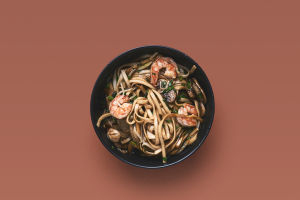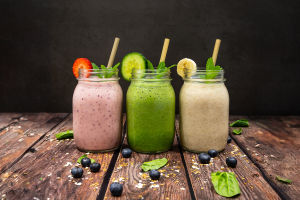Have you ever wondered about the humble peanut that shows up in so many of our favorite foods? Today, let's dive into the amazing world of peanuts, or as some call it, the "longevity fruit."
We’ll uncover where peanuts come from, what they look like, and some fascinating little secrets about how they grow!
What Exactly Are Peanuts?
Peanuts, scientifically known as Arachis hypogaea, belong to the Fabaceae family—the same family as beans and lentils. Originally from South America, peanuts thrive in tropical and subtropical regions around the world. Though small, they play a big role in our diets, offering a rich source of nutrition.
What Peanuts Look Like
Peanuts are annual herbaceous plants. They can either stand upright or sprawl along the ground, growing to a height of about 30–80 centimeters. At first, their stems and branches are covered in soft yellow hairs, but as they mature, they turn smooth.
Each peanut plant has feather-like compound leaves with two pairs of leaflets. These leaflets are usually about 2–4 centimeters long and are soft and slightly hairy. Tiny veins weave together at the edges of the leaves, forming beautiful, delicate patterns. The flowers are a cheerful yellow or golden yellow, shaped like little butterflies, about 8 millimeters long. They grow in clusters from the joints of the plant.
How Peanuts Grow Under the Ground
One of the coolest things about peanuts is how they develop. After the flowers are pollinated, something magical happens—the small seed pod on the flower stalk stretches and bends downward, pushing itself into the soil. Peanuts actually need darkness to grow properly! If the flower bud doesn’t successfully dig into the ground, it won’t form a peanut pod and will wither away instead.
Once underground, the peanut pod grows thick and firm. Each pod is about 2–5 centimeters long and 1–1.3 centimeters wide, containing the seeds we recognize as peanuts. These seeds can have a variety of colors—light pink, red, yellow, purple, or even black! Peanuts usually flower and bear fruit between June and August.
Peanuts Are More Than Just Snacks
Besides being delicious, peanuts are full of nutrients. They are packed with protein, healthy oils, and vitamins. We often enjoy them roasted, boiled, made into peanut butter, or even used in savory dishes. Thanks to their versatility, peanuts have earned a beloved spot in kitchens around the world.
The Magic Beneath the Soil
Lykkers, next time we snack on some crunchy peanuts or spread peanut butter on toast, let's take a moment to appreciate the incredible journey these little seeds go through—from bright yellow flowers reaching into the soil to becoming the tasty treats we love. Isn't it amazing how much wonder hides in the simplest foods?
We’d love to hear your thoughts! Have you ever seen peanuts growing in real life? Share your experience with us, and let’s keep exploring the everyday wonders around us together!


